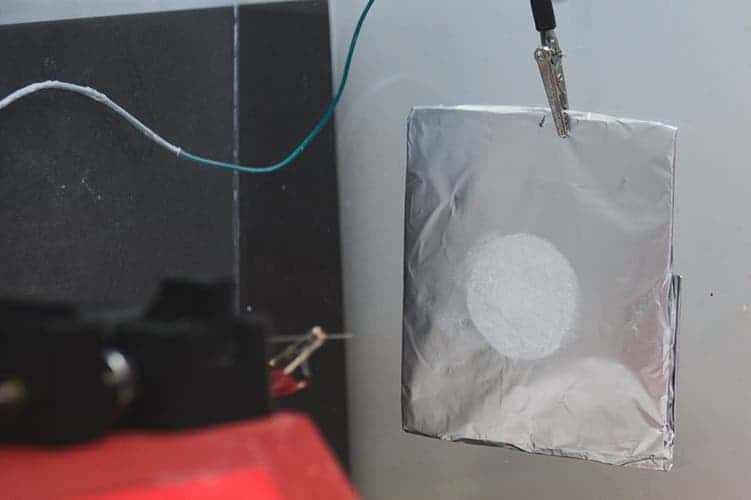Proteins usually cannot work outside of a cell, but this ability would allow us to do many cool and useful things with them, such as catalyzing reactions and replicating DNA. Scientists from the University of California, Berkeley have managed to keep proteins proteins active and working outside of a cell, using synthetic structures. As proof of what their new method is capable of, the researchers created mats that are able to soak up and degrade chemical pollution.
Proteins need a very specific type of environment to function properly. Usually, when they are taken out the cell, they fall apart and are useless. The key to make proteins work outside of a cell is to combine them with synthetic materials that mimic a cell-like environment and help them to fold into a specific structure.
To create synthetic polymers that keep proteins in the right shape, the lab members of Ting Xu, a Berkeley professor in the Department of Materials Science and Engineering and the Department of Chemistry, looked at the structures of protein sequences and surfaces. They wanted to create something that would be able to support the protein so that it could be in the right structure and function normally.

The white circle (fiber mat) contains a stable protein that can break down a toxic chemical. Image credits: Christopher DelRe and Charley Huang.
“Proteins have very well-defined statistical pattern, so if you can mimic that pattern, then you can marry the synthetic and natural systems, which allows us to make these materials,” Xu said.
The end result of these analyses was the creation of random heteropolymers (RHPs). They contain four connected types of monomers; their chemical properties were designed to interact with proteins of interest. They mimic an unstructured natural protein and enable protein membrane folding and activity. Many molecular simulations were run to make sure that these structures would act the way that they were intended.
As if this result wasn’t ground-breaking enough, the researchers tested out a practical application of using proteins outside of cells—to degrade pollution. They created a mat out of their RHPs and a useful protein called organophosphorus hydrolase (OPH), which can degrade the toxic compounds found in insecticides and chemical warfare agents. They used this combination to create mats that were used to soak up and degrade an insecticide from water in a few minutes.

The pesticide has been successfully degraded by the RHP-protein fiber mat! Image credits: Christopher DelRe and Charley Huang.
“Our study indicated that the approach should be applicable to other enzymes,” Xu said. This may make it possible to have a portable chemistry lab in different materials.
The results have been published today in the journal Science. Scientists have been trying to achieve protein function outside of a cell for years. Now, biochemical reactions can be created easily, opening up a whole new field of possibilities.
Journal reference: “Random heteropolymers preserve protein function in foreign environments” Science (2018). science.sciencemag.org/cgi/doi … 1126/science.aao0335









